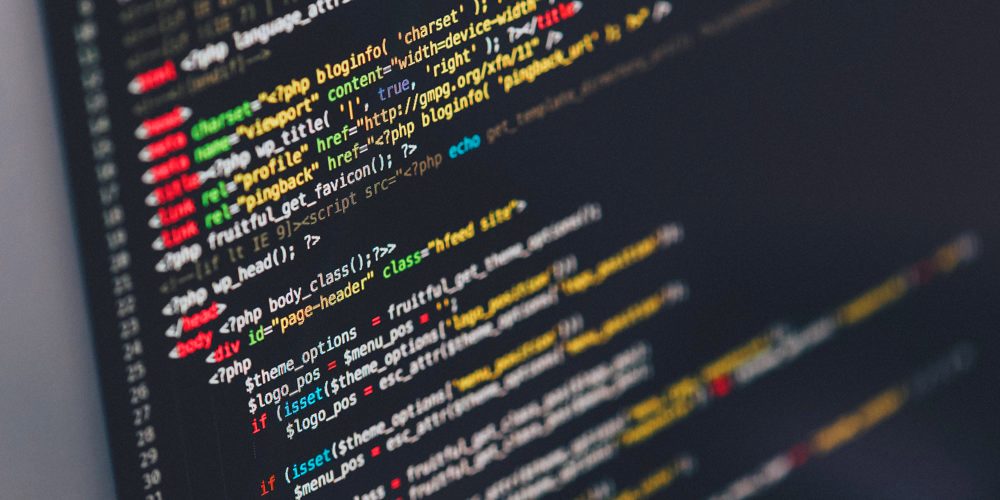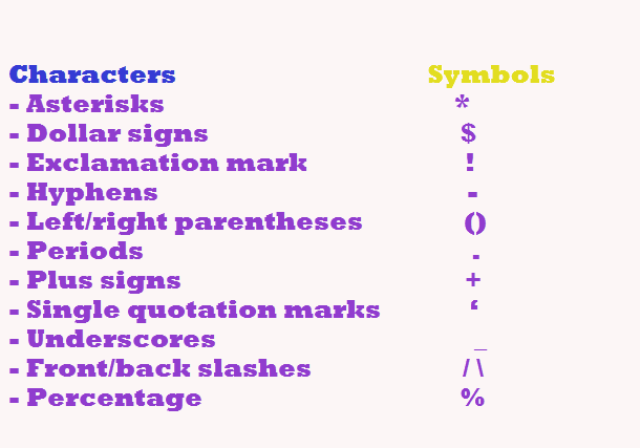Intellectual property is an intrinsic property produced as a result of the artistic and creative works of the mind, which is then interpreted in a form that has a physical existence and possess exclusive property rights. Examples include images, symbols, names, designs, industrial processes, and business methods used in commerce; inventions; artistic, literary and musical works; and software.
Intellectual property rights are the rights given to persons over the creations of their minds. They usually give the creator an exclusive right over the use of his/her creation for a certain period of time. Intellectual Property law is the area of law that deals with and oversees the creation of intellectual property – patents, copyrights, trademarks and trade secret laws; the protection of intellectual property rights; and the legal pursuit of those who violate on another’s rights to his/her intellectual property. The main social purpose of protection of copyright and related rights is to encourage and reward creative work. Federal and international treaty laws govern most of the areas of international IP law. With today’s global use of the worldwide web, comes the unfortunate ease of appropriating other people’s creative product, works, and ideas. To deal with this new threat, IP rights and laws must be addressed at an international level and cooperation between countries is necessary to protect these rights and govern this area. Intellectual property rights are customarily divided into two main areas:
Copyright and rights related to copyright:
Copyright is a legal concept, enacted by most governments, giving the creator of an original work, exclusive rights, usually for a limited time. Generally, it is “the right to copy”, but also gives the copyright holder the right to be credited for the work, to determine who may adapt the work to other forms. Copyright protects certain “forms of expression.” This includes works of art and written materials. The rights of authors of literary and artistic works (such as books and other writings, musical compositions, paintings, sculpture, computer programs and films) are protected by copyright. One can formally register a copyright, and may also have automatic protection of his/her rights even without registering something you created.
Industrial property:
Industrial property can usefully be divided into two main areas:
One area can be characterized as the protection of distinctive signs, in particular trademarks and geographical indications (which identify a good as originating in a place where a given characteristic of the good is essentially attributable to its geographical origin).
Other types of industrial property are protected primarily to motivate originality, design and the creation of technology. Examples, include inventions (protected by patents), industrial designs and trade secrets.
PATENT
Patent means any useful invention made through a new method or process of the construction or publicity of any material or collection of materials or through any principle or formula. A patent protects one’s rights to an invention.
RIGHT OVER THE PATENT
- Any person, willing to have rights on any patent, has to register such patent under the Patent Design and Trademark Act.
- Any patent registered in the name of any person shall not be copied, used or utilized without the patentee’s written consent.
- Ownership of a patent can be transferred in any way to any person as movable property.
- If anybody does or attempt to do so or encourage to do any work against these rights of patentee may be punished with a fine by the order of Department and all the materials related with such offence shall be confiscated.
APPLYING FOR ACQUIRING PATENT RIGHT
A person willing to register patient right in his own name shall have to apply to the Department with following information including all other pieces of evidence,
- Name, address, and profession of an inventor
- In the case of the invention not invented by the applicant himself, the conditions acquiring such right from inventor by the applicant
- Method of operation or utilization of such invention
- Principle or formula, if such patent is based on any principle or formula
- Drawings and sketch of the invention (if necessary)
- Prescribed application fee as mention in schedule
- UN-PATENTABLE INVENTION
- If it has already been registered in the name of other
- If the patent asked to be registered is not invented by the applicant himself and he has not acquired the right from the inventor
- If the patent asked to be registered is found to cause adverse effect in health, conduct or morale or people in general or in the national interest.
- If it violates any prevailing laws of Nepal.
EXAMINATION OF PATENT APPLICATION
- Department upon submission of a patent application examine the invention whether it is new or not, it is useful to the people in general or not.
- If it deems necessary, Department takes the advice of experts of related field.
- Basically, Department fallow the principle of Novelty, Industrial applicability, and Inventive step to examine.
CERTIFICATES OF REGISTRATION
- If Department found the patent application is patentable after examination, provides certificates to the applicant.
- Applicant shall pay a registration fee as prescribed in schedule.
PUBLICATION OF REGISTERED PATENT
- Department shall publish all patents, except those to be kept secret for national interest in journal.
- Anybody willing to see or take a copy of the statement, drawing or sketch of a patent published in journal may see or take a copy of such patent document on payment of a fee as prescribed.
OPPOSITION
- If anybody has any complain upon any patent he may lodge such complains to the Department within 35 days from the date on which the patent is seen or a copy of such patent document is taken.
- Upon receipt of the complain Department take necessary action through an investigation.
TERM AND RENEWAL
- Patentee shall have his right on the patent for a period of seven years from the date of registration.
- The patentee shall renew the patent within 35 days from date of expiry having paid the fee mention in schedule.
- Renewal of a patent may be made for two times of seven years.
TRADEMARK
A trademark is a distinctive sign or indicator used by an individual, business organization, or other legal entity to identify that the products or services to consumer with which the trademark appears originate from a unique source, and to distinguish its products or services from those of other entities. A trademark is typically a name, word, phrase, logo, symbol, design, image, or a combination of these elements. There is also a range of non-conventional trademarks comprising marks which do not fall into these standard categories, such as those based on color, smell, or sound.
RIGHT ON TRADEMARK
- Anybody may have a right on any trademark of his trade or business under the act having it registered in the Department.
- Nobody shall use or copy any trademark in a way of manipulating the people in general without a written consent of person in whose name the trademark is registered.
- Ownership of a trademark can be transferred to other with a permission of the department.
REGISTRATION OF TRADEMARK
- One who is willing to get registered any trademark of his trade or business under the act shall apply to the Department in a prescribe format along with:
- Copy of registration or license of the business for product or service in which trademark is used or intend to use.
- Four copies of model of trademark.
- Authorizations letter if somebody has been authorized to act on behalf of the owner to register the trademark.
- If the applicant is a foreigner, certified copy of any foreign registration certificate and address for service in Nepal must be submitted with application.
- Receipt of payment of prescribe application fee.
Separate application shall be submitted for the registration of trademark of different categories goods or services.
CONDITIONS FOR REFUSAL TO REGISTER THE TRADEMARK
- If such trademark is deemed to make adverse effect in the dignity of any individual or institution,
- If such trademark make bad effect in the well being and morale of people in general or in the national interest,
- If such trademark effects in the goodwill of trademark of any other person ,
- If such trademark has been already been registered in the name of the other person, or
- If the trademark, which is contrary to the principle, norms and international conventions of industrial property.
CLASSIFICATION OF GOODS AND SERVICES
- Government of Nepal, for the purpose of registration of trademark relating to any goods and any types of services may classify such goods and services.
- International Classification of Goods and Services for the purpose of the registration of Marks (Nice Classification) is applied to this effect.
REGISTRATION OF TRADEMARK
- After examination if it is found registrable, The Department registers the trademark in the name of applicant and issue a certificate.
- The applicant shall pay a registration fee of the trademark as prescribed in schedule.
TERM AND RENEWAL OF TRADEMARK
- The registered trademark holder shall have his right on the trademark for a period of seven years from the date of registration.
- The registered trademark holder shall renew the trademark within 35 days from the date of expiry.
CANCELLATION OF TRADEMARK
- The Department may cancel the registration of a trademark in case of that there is a condition of refusal to register.
- The Department may cancel the registration of trademark in case if it is not put into use within one year from the date of registration.
PUBLICATION OF TRADEMARK
The department may publish the registered design and trademark and a statement in regard to their renewal and cancellation of registration for the information of the people in general.
OPPOSITION AND COMPLAIN
Any person if he has any complain on the statement publish by the department concerning the design and trademark may lodge a complain to the department within 35 days of such publication. The department shall take necessary action through examination of such complain.
PENALTY AND COMPENSATION
- If anybody violates right of registered trademark owner and use the trademark which is cancelled by the department he may be punished with a fine by order of the Department and all the goods related with such offence shall be confiscated.
- In relation to the patent, design or trademark registered under the act, the Department may cause to pay a reasonable amount of the loss, incurred through the violation of the act by anybody, to the person who had really been suffered from such loss, and whose name the patent, design and trademark was registered, the person of such violation, as a compensation.
DESIGN
Design means creativity of any form or shape of materials consisting of the creation of a shape, configuration or composition of pattern or color, or combination of pattern and color in three dimensional forms containing artistic value.
RIGHT ON DESIGN
- Anybody may have a right on a design of any goods under the act, which is made or caused to be made by him, and has been registered in Department.
- Ownership of a design is transferrable.
- Nobody shall make any goods by using other’s design or in a way to manipulate the people in general and copying such design without written consent of the person in whose name design is registered.
APPLICATION FOR REGISTRATION OF DESIGN
- A person willing to get registered design of any goods made or caused to be made by him shall apply to the department along with a description, drawings and sketch of design and four copies of its model.
- Applicant shall submit prescribed application fee.
REGISTRATION OF DESIGN
- The Department after examination of any application shall register the in name of the applicant.
- The applicant shall pay the prescribe registration fee to the Department to obtain the certificate of registration.
UN-REGISTRABLE DESIGN
The design shall not be registered if;
- it is deemed to make an adverse effect in the dignity of any individual or institution or,
- it makes a bad effect in the well being and morale of the people in general or in the national interest, or
- such design has already been registered to the name of other people
- it is not original.
- Department may cancel the registration of any design in case if it deems that there is a situation above.
TERMS AND RENEWAL OF DESIGN
- The design holder shall have his right on the design for a period of five years from the date of its registration.
- The design holder shall renew the registration of design within 35 days from the date of expiry.
PENALTY TO THE VIOLATOR
If anybody violates the rights of a registered design holder may be punished with a fine by the order of the Department and all the goods related to such offense shall be confiscated.
More details about Patent, copyright, and intellectual property right, click below mention links:
CopyRight Law
Trademark Law
Above mention, content is Generated from web Ncit Lecture notes and Nepal Law commission if any problem feels free to contact us.




